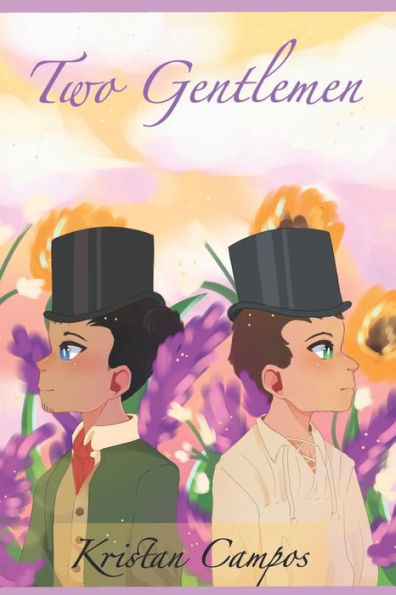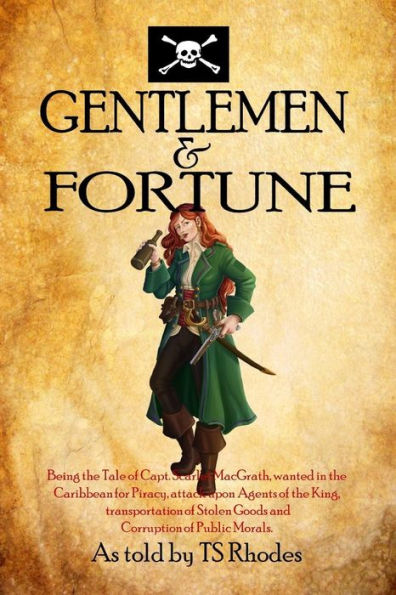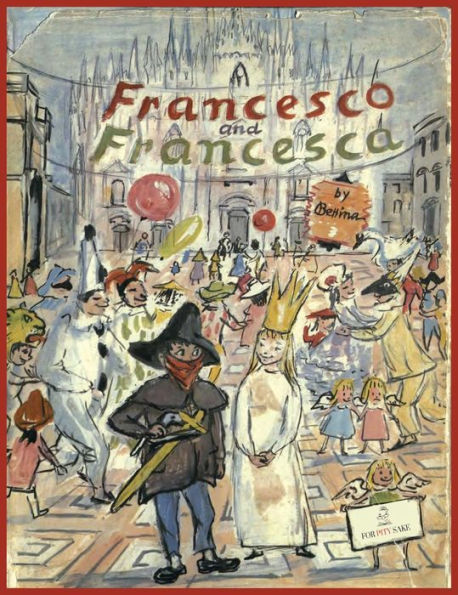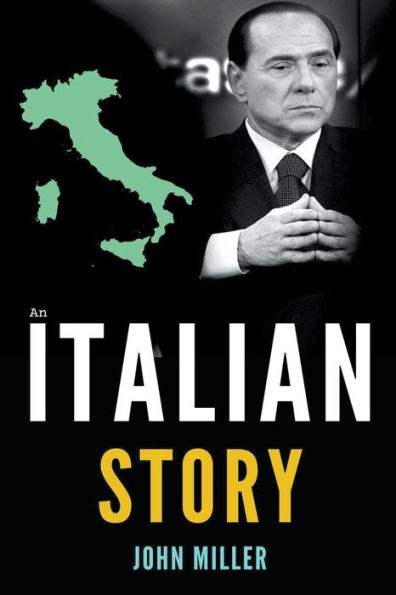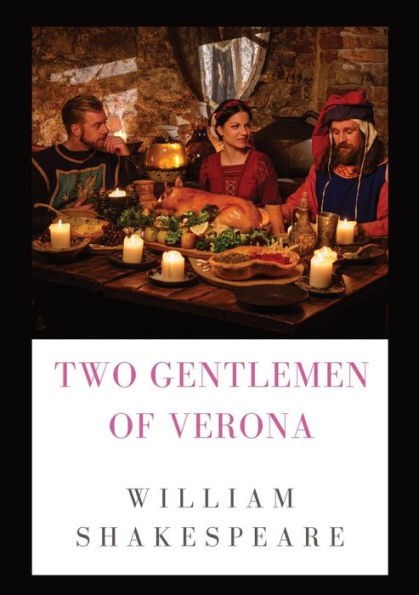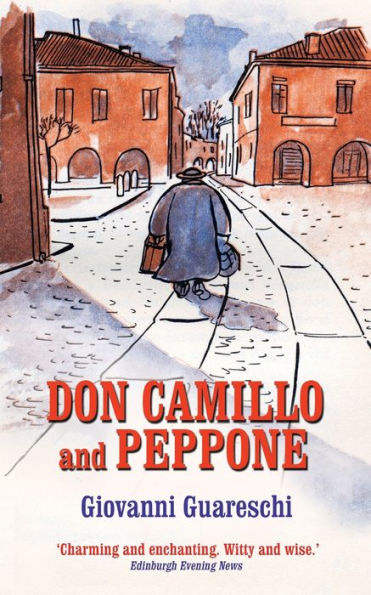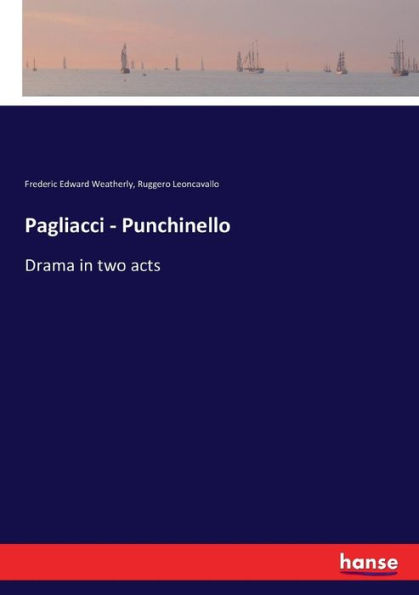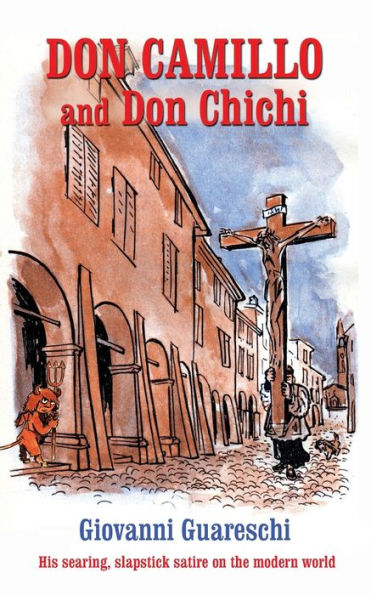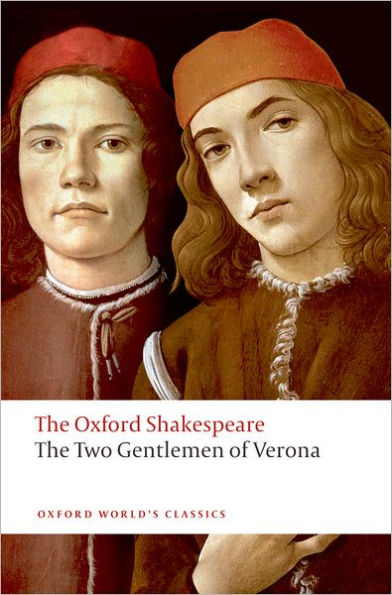Home
Fedele and Fortunio, the Two Italian Gentlemen


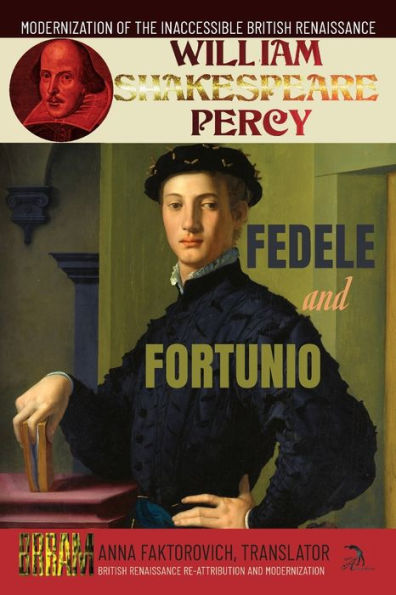
Fedele and Fortunio, the Two Italian Gentlemen
Current price: $22.00
Loading Inventory...
Size: Paperback
is an exercise in adapting Luigi Pasqualigo's
(1576) into an idealized version of British cultural purity. Pasqualigo had rebelled against preceding tropes of Italian comedy by showcasing murderous and wildly promiscuous and unfaithful ladies and gentlemen, and rebellious servants. Perhaps because Percy was desperate in his youth to create extremely proper content that would lead to him being invited to officially write for court revels, Percy re-wrote Pasqualigo's innovations back into what this comedic plot was initially designed to be. A couple of virginal gentlemen and a couple of virginal ladies exchange love-interests as they realize they cannot attain their initial desires. Their eventual marriages are attained with mischievous help from a pretense-captain Crack-Stone, a spying Pedant who fakes being in love to appear manly, and the scientific and psychologically-manipulating magic of enchantress Medusa. Percy avoided repeating these standard comedic tropes across the rest of his literary career, as he instead explored extremes of tragic infidelity in plays such as Hamlet, or extreme promiscuity in
;
structural simplicity convinced Percy he had to constantly search for new formulas, vocabularies and foreign cultures to showcase. The introduction explains why the staging of this play is minimalistic to fit with the budgetary and spatial restraints of the accessible London stages. A precise explanation is offered of how scholars have come to the false conclusion that the "M. A."/ "A. M." initials indicate this play was written by "Anthony Monday", and why the Percy attribution is accurate. To show the original divergences of Percy's Fedele, original and translated excerpts are included from Pasqualigo's Italian, France's Latin, and Larivey's French versions; the plots, characters and linguistics of these versions are compared and analyzed.
